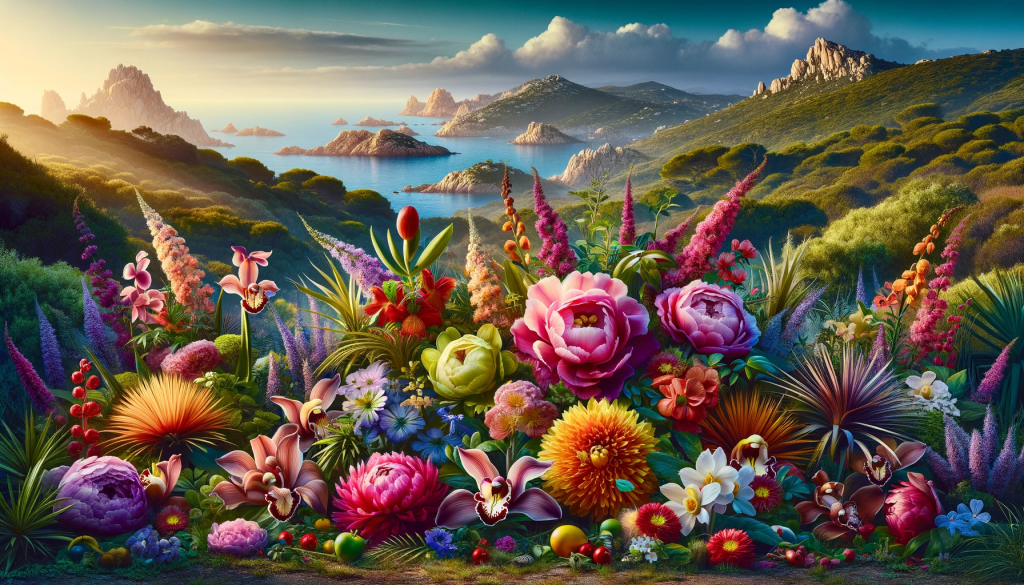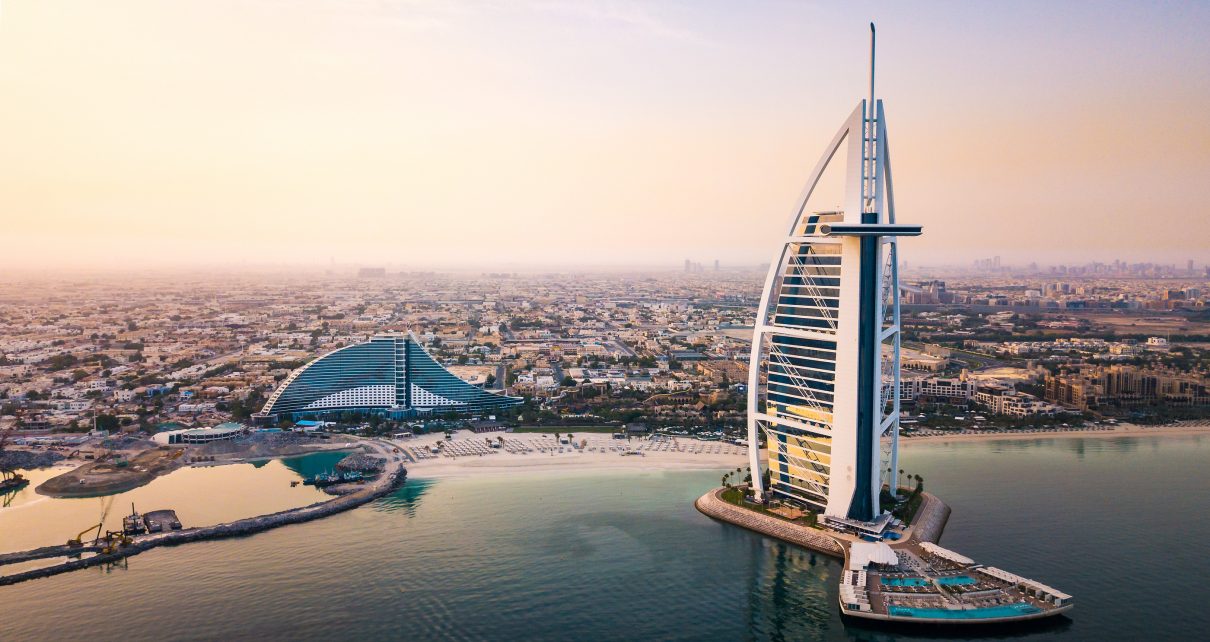Sardinian Flowers: Unveiling the Floral Wonders of the Mediterranean Jewel
Sardinia, an enchanting island in the Mediterranean, is not only renowned for its crystal-clear waters and rich history but also for its diverse and vibrant flora. Among these natural treasures, “Sardinian flowers” stand out, offering a kaleidoscope of colors and fragrances. This article takes you on a botanical journey through Sardinia, exploring the unique flowers that make this island a paradise for nature lovers and botanists alike.

Introduction
The island of Sardinia, with its unique microclimate and varied landscapes, is home to an astonishing array of flowers. These “Sardinian flowers” are not just a feast for the eyes but also an integral part of the island’s ecosystem and cultural heritage.
The Unique Flora of Sardinia
Sardinia’s geographical isolation and varied terrain, ranging from sandy beaches to rugged mountains, have given rise to a distinctive floral landscape. The Mediterranean climate, characterized by hot, dry summers and mild, wet winters, further contributes to the richness and diversity of the island’s plant life.
Exploring the Most Iconic Sardinian Flowers
Some of the most iconic flowers of Sardinia include:
- Peony ‘Paeonia morisii’: A native species, this stunning peony with deep pink petals thrives in the island’s mountainous regions.
- Sardinian Orchid ‘Ophrys bombyliflora’: Resembling a bumblebee, this orchid is a remarkable example of mimicry in nature and a must-see for enthusiasts.
Sardinian Wildflowers and Their Habitats
Sardinian wildflowers flourish in diverse habitats:
- Coastal Areas: Here, you’ll find vibrant sea daffodils and the striking blue-purple blooms of the sea lavender.
- Mountainous Regions: These areas are home to endemic species like the delicate Sardinian bellflower and the striking Sardinian snapdragon.
The Role of Flowers in Sardinian Culture and Traditions
Flowers in Sardinia are deeply woven into the island’s cultural fabric. From adorning floats during traditional festivals to their use in local herbal remedies, these flowers are a testament to the islanders’ connection with nature.
Seasonal Guide to Sardinian Flower Blooms
- Spring: This season witnesses a burst of colors, with wildflowers like the vibrant poppies and anemones blanketing the countryside.
- Summer: Despite the heat, some flowers like the Mediterranean thistle continue to bloom, adding hues of purple and green to the landscape.
- Autumn and Winter: While less abundant, flowers like the winter-flowering heather can still be spotted, adding life to the cooler months.
Photographing Sardinian Flowers: Tips and Best Locations
For photography enthusiasts, Sardinia offers endless opportunities. Early mornings and late afternoons provide the best light for capturing the vivid colors. Coastal regions and the Gennargentu National Park are particularly picturesque locations.
Conservation Efforts for Sardinian Flora
Conservation efforts are crucial in protecting Sardinia’s unique flora. Several initiatives aim to preserve native species and their habitats, ensuring that these botanical wonders continue to thrive for future generations.
Visiting Sardinia: A Guide for Nature Lovers
For those planning to visit Sardinia, the island offers an array of eco-friendly travel options. Guided tours focusing on botany and nature are excellent for those who wish to delve deeper into the world of Sardinian flowers.
Conclusion
“Sardinian flowers” are much more than natural ornaments; they are a vital part of the island’s charm and ecological diversity. For travelers and botanists, Sardinia offers a unique opportunity to explore and appreciate these floral wonders in a stunning Mediterranean setting. As a symbol of nature’s resilience and beauty, these flowers continue to captivate and inspire all who witness them.


